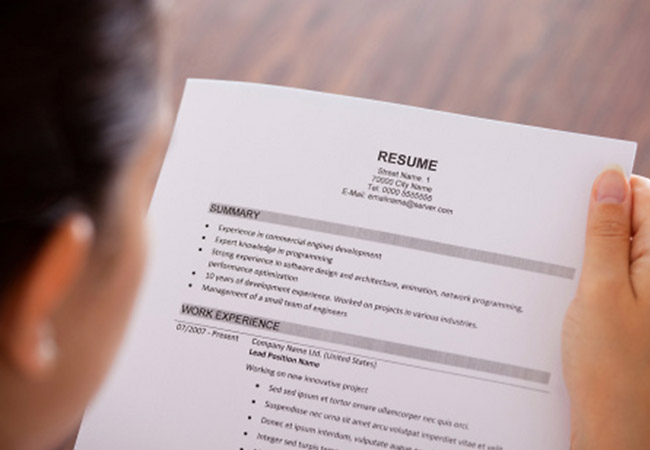- Begin with a punchy personal statement – a summary of your experience or titles you have previously held, include the number of years you have spent in the relevant sectors. In addition, briefly describe the opportunities you are looking for and the skills you possess.
- Put your experience in the next section – the experience section should be in chronological order with your most recent position being described in detail. To avoid being caught out in interviews explain gaps in your experience on your CV.
- Include any relevant qualifications as well as your education
- Add a section with your core skills – these may range from “customer service” to “attention to detail.” However, instead of just describing your skills, use examples to elaborate upon the impact of these skills. For example, as an alternative to “assisted customers,” write “I helped to foster a hospitable environment by always making myself available to customer.” Think of your skills in terms of time saved, people helped, revenue increased, work produced, or problems solved.
- Include facts and figures – For example, “led a team of 6 staff,” “worked across 4 different locations,” “managed 20 different rooms.”
- Make your CV concise and try not to add too many unnecessary personal details.
- Tailor your CV for different jobs with different requirements.


